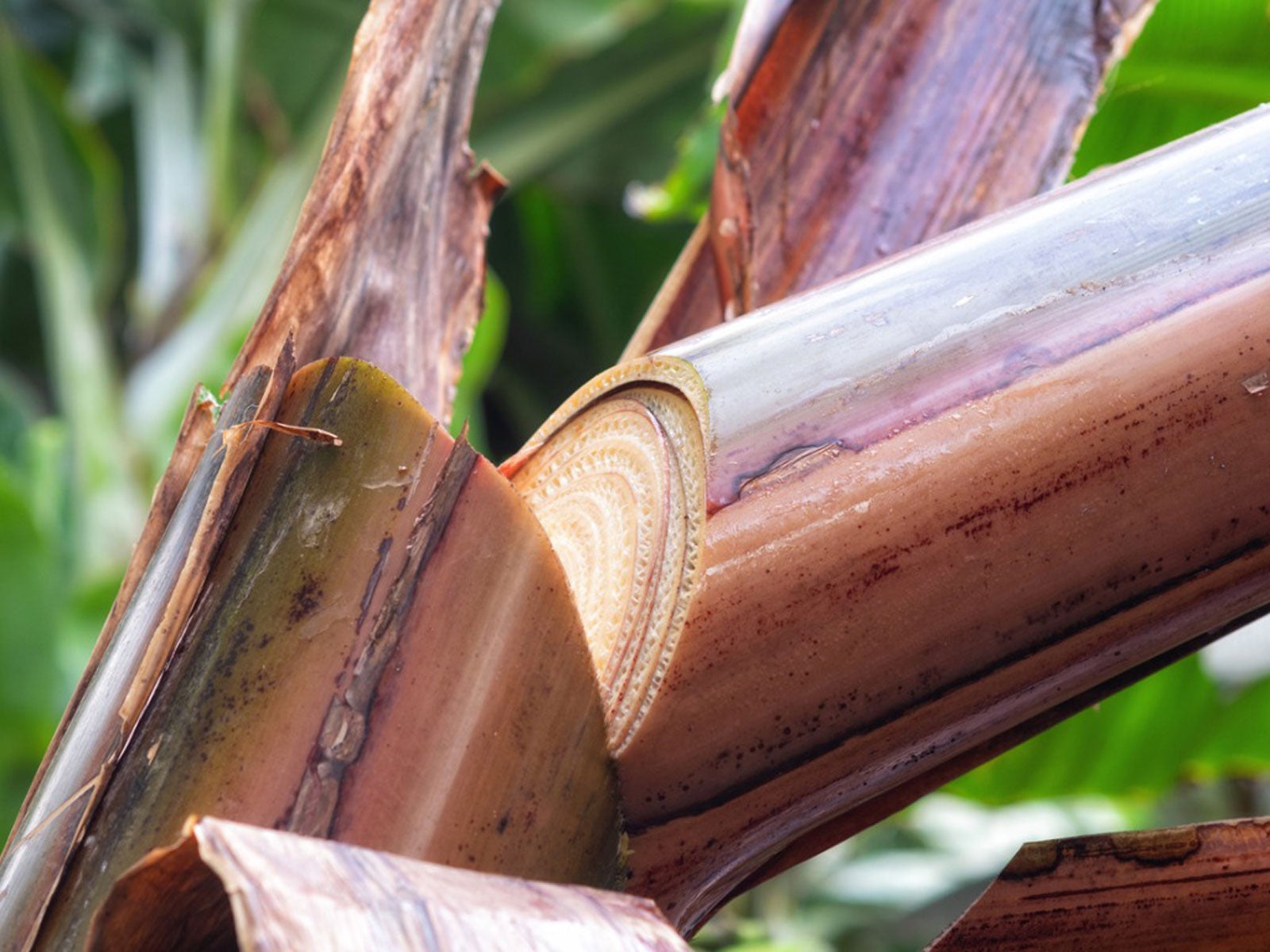Banana Trunk Planter – Growing Vegetables In Banana Stems


Gardeners across the globe are constantly faced with growing challenges. Whether it be a lack of space or other resources, growers are frequently forced to create new inventive to produce crops. Plantings made in raised beds, containers, and other vessels are not a new concept. However, many of those living in tropical regions have taken this idea to a whole new level by growing in banana trunks. The use of banana trunk planters may just be the next gardening trend.
What is a Banana Trunk Planter?
In many tropical regions, the production of bananas is a major industry. After the bananas are harvested from the central trunk of the tree, that section of the tree is then cut down in order to promote growth for the next crop. As a result, banana harvesting produces a multitude of plant waste.
Inventive gardeners have started using these trunks as a sort of natural container garden.
Growing in Banana Trunks
It’s no secret that bananas are packed with nutrients and can work well for fertilizer, so why wouldn’t we take advantage of this key benefit. And once the vegetables are grown and harvested, the leftover banana trunks can easily be composted.
The process of growing in banana trunks is quite simple. In most cases, the trunks are laid horizontally on the ground or arranged on supports. That said, some people leave the trunks standing and simply create planting pockets so the crops grow vertically.
Holes are cut where the vegetables in banana stems will grow. These holes are then filled with a high quality potting mix or other readily available growing medium.
The preparation of banana tree stems for vegetables will vary depending upon the crop grown. The best candidates for planting in old banana trees are those with compact root systems, which can be planted closely together and mature relatively quickly. Think lettuce or other greens. Maybe even crops like onions or radishes. Feel free to experiment.
Sign up for the Gardening Know How newsletter today and receive a free copy of our e-book "How to Grow Delicious Tomatoes".
Not only does using banana tree stems for vegetables save space, but it also proves valuable for those living in regions where water becomes especially scarce throughout certain portions of the growing season. Natural conditions within the banana trunk planter allow for less irrigation. In some instances, no supplemental water will be required for a successful vegetable crop.
This, combined with the long-lasting durability of the banana trunks, makes for a unique gardening technique worthy of further research.

Tonya Barnett has been gardening for 13 years. Flowers are her passion. She has transformed her backyard into a cut flower garden, which she regularly chronicles on her YouTube channel http://www.youtube.com/@tonyawiththeflowers.